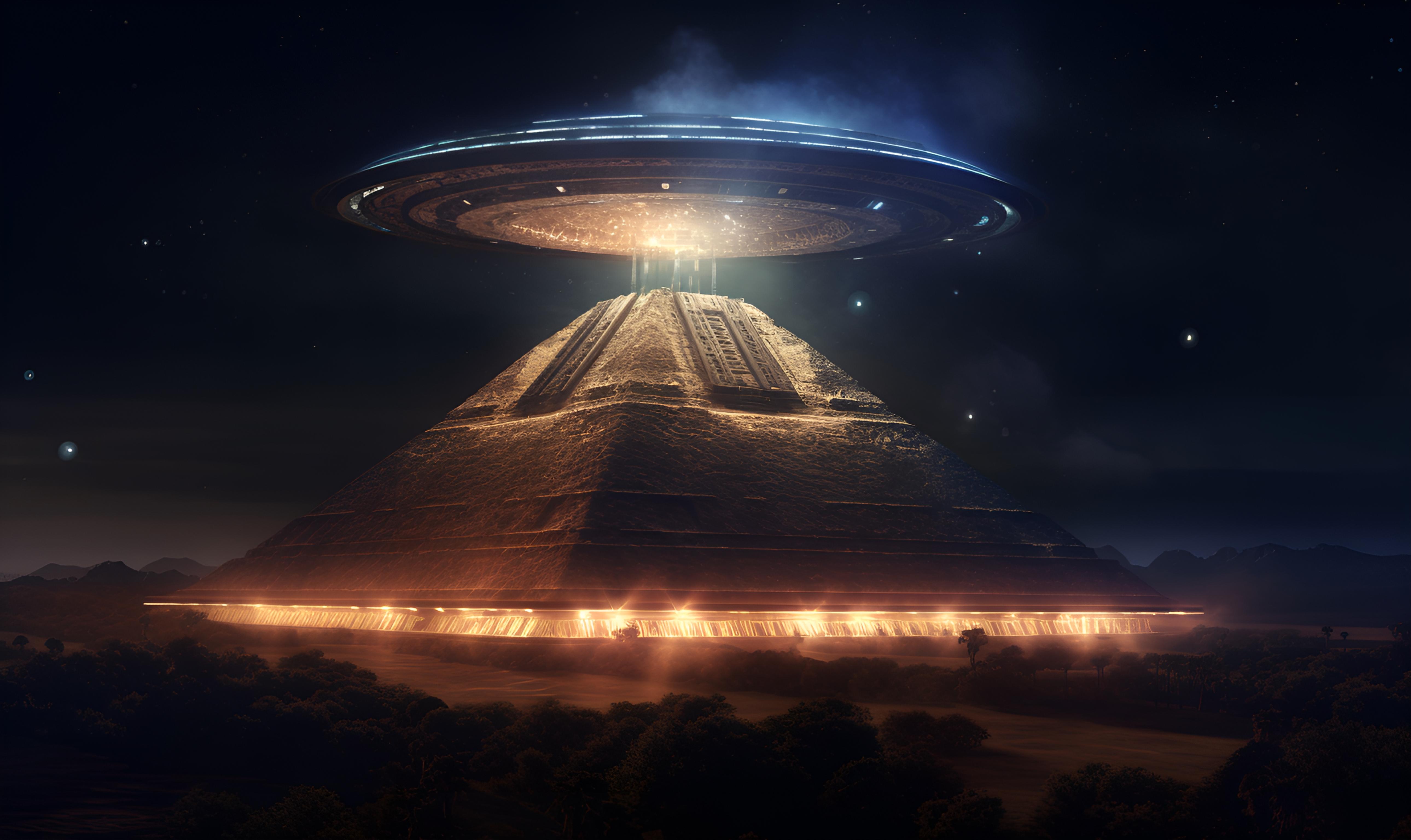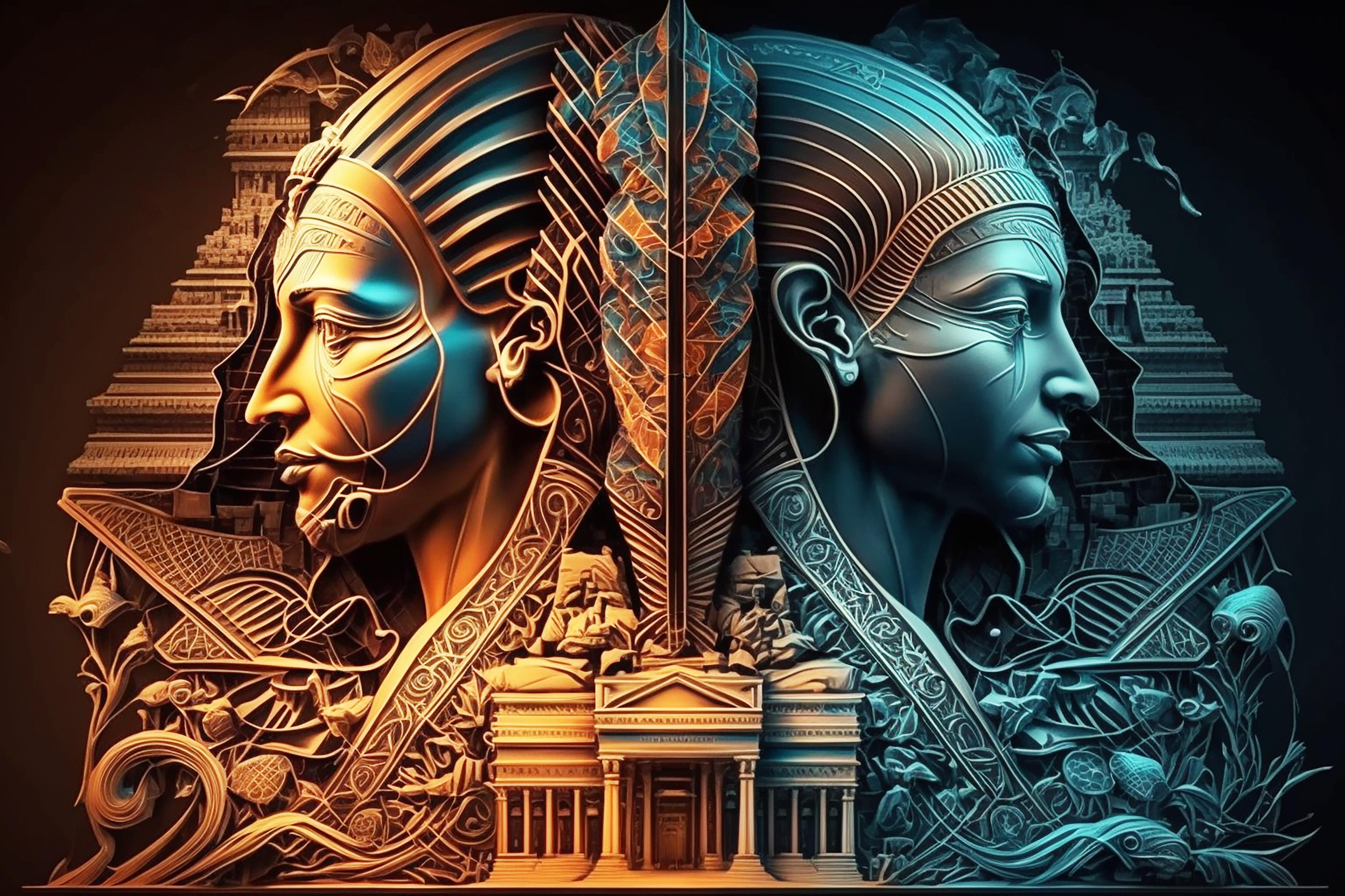Annunaki

Anunnaki
Deities of Mesopotamia – between mythology, ancient history, and modern interpretation
Definition:
The Anunnaki (also spelled Anunna) are a group of deities from Sumerian, Akkadian, Babylonian, and Assyrian mythology. Originally portrayed as high gods of heaven and earth, they were believed to be descendants of the sky god Anu, tasked with governing cosmic order, human destiny, and even the underworld.
In modern esotericism, alternative history, and UFO lore, the Anunnaki are often reinterpreted as extraterrestrial beings, genetic engineers of humanity, or guardians of hidden knowledge from a forgotten civilization.
🜁 Historical and Mythological Origins
The Anunnaki first appear in ancient Mesopotamian texts dating back to around 3000 BCE. Key sources include:
-
The Enūma Eliš (Babylonian creation epic)
-
The Atrahasis Epic
-
The Epic of Gilgamesh
-
Temple hymns and Sumerian creation myths
In these texts, the Anunnaki are depicted as divine rulers, judges of fate, and sometimes as inhabitants of the underworld. Their roles shift across regions and eras.
🜂 Traditional Depiction
| Aspect | Description |
|---|---|
| Name meaning | "Those who came from An(u)" – the sky god |
| Number | Varies by source; often seven main deities |
| Roles | Celestial judges, creators, keepers of divine order |
| Key figures | Anu, Enlil, Enki, Ninhursag, Inanna, Utu, Nanna |
🜃 Modern Esoteric & Speculative Interpretations
In the 20th century, particularly through the writings of Zecharia Sitchin, the Anunnaki were reimagined in striking new ways:
-
Ancient Astronauts: Sitchin claimed the Anunnaki were an advanced alien race from the planet Nibiru, who genetically engineered early humans to mine gold.
-
Hidden rulers or “gods behind the veil”: Some esoteric theories link them to secret power structures or reptilian entities.
-
Archetypal forces: In modern spiritual psychology, the Anunnaki can represent deep symbolic energies—creators, transformers, or shadow aspects of power and divinity.
⚠️ These interpretations are not historically validated and belong to symbolic or speculative narratives rather than archaeological fact.
🜄 Spiritual Significance
-
Primordial myths: The Anunnaki reflect core human questions—Where do we come from? Who created us? What is our place in the cosmos?
-
Universal archetypes: They represent forces of creation, order, chaos, rebellion, and transformation.
-
Spiritual catalysts: In some mystical traditions, the Anunnaki are seen as cosmic teachers or challengers who push the soul toward awakening and sovereignty.
🜅 Criticism and Perspective
| Objection | Clarification |
|---|---|
| “The Anunnaki-as-aliens idea is pseudoscience.” | Correct. No scientific or archaeological evidence supports this theory. It’s part of modern myth-making. |
| “These ideas distort real history.” | It’s important to separate symbolic interpretations from scholarly research, and to respect ancient cultures. |
| “Still, they are powerful symbols.” | Yes. Regardless of factual accuracy, the Anunnaki continue to resonate as archetypes of power, mystery, and forgotten origins. |
Related Terms:
Mesopotamia, Sumer, Enki, Enlil, Nephilim, Nibiru, Ancient Astronaut Theory, Creation Myths, Archetypes, Cosmic Origins
